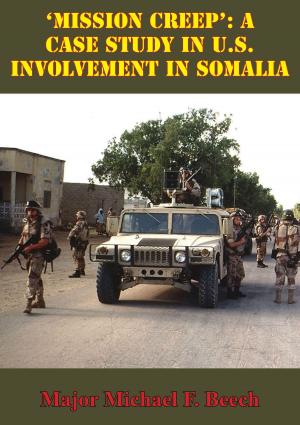Cavalry Operations In Support Of Low Intensity Conflict
Nonfiction, History, Military, Strategy, Aviation| Author: | Major Patrick J. Becker | ISBN: | 9781782899662 |
| Publisher: | Tannenberg Publishing | Publication: | November 6, 2015 |
| Imprint: | Tannenberg Publishing | Language: | English |
| Author: | Major Patrick J. Becker |
| ISBN: | 9781782899662 |
| Publisher: | Tannenberg Publishing |
| Publication: | November 6, 2015 |
| Imprint: | Tannenberg Publishing |
| Language: | English |
This monograph investigates the historical use of cavalry in low intensity conflict (LIC). This investigation is to determine the possible strengths and weaknesses of our current light infantry division’s reconnaissance squadron in terms of organization, equipment, doctrine, and techniques for employment in LIC. The intent of the paper is neither to produce a paradigm on the use of reconnaissance forces in LIC nor simply to conduct a historical study, but rather to see if our past actions impact on today’s cavalry.
The structure of this monograph is to explain the nature of LIC and assess its impact on reconnaissance forces, describe a comparison methodology, conduct historical analysis, analyze the results of the comparison, and then to make conclusions and offer recommendations. The information collection effort was focused on primary source reports from the Army, Marine, and British Army commanders involved, directed research analysis, and personal interviews.
LIC is not new to the American Army. Our Army has been involved in insurgencies both in and out of country from its creation. The Army has fought in numerous insurgencies, however, its involvements in the Philippines, Mexico, Dominican Republic, and Grenada are studied as are the U.S. Marine Corps interventions in Nicaragua and Haiti and the British Army’s actions in Malaya and Kenya. These insurgencies were fought in different environmental settings, against different types of insurgents, by different intervening nations. These examples are too few to provide an accurate data base for statistical analysis; however, they provide enough diverse information for comparative analysis by comparing the missions that were assigned to the reconnaissance units involved.
This monograph investigates the historical use of cavalry in low intensity conflict (LIC). This investigation is to determine the possible strengths and weaknesses of our current light infantry division’s reconnaissance squadron in terms of organization, equipment, doctrine, and techniques for employment in LIC. The intent of the paper is neither to produce a paradigm on the use of reconnaissance forces in LIC nor simply to conduct a historical study, but rather to see if our past actions impact on today’s cavalry.
The structure of this monograph is to explain the nature of LIC and assess its impact on reconnaissance forces, describe a comparison methodology, conduct historical analysis, analyze the results of the comparison, and then to make conclusions and offer recommendations. The information collection effort was focused on primary source reports from the Army, Marine, and British Army commanders involved, directed research analysis, and personal interviews.
LIC is not new to the American Army. Our Army has been involved in insurgencies both in and out of country from its creation. The Army has fought in numerous insurgencies, however, its involvements in the Philippines, Mexico, Dominican Republic, and Grenada are studied as are the U.S. Marine Corps interventions in Nicaragua and Haiti and the British Army’s actions in Malaya and Kenya. These insurgencies were fought in different environmental settings, against different types of insurgents, by different intervening nations. These examples are too few to provide an accurate data base for statistical analysis; however, they provide enough diverse information for comparative analysis by comparing the missions that were assigned to the reconnaissance units involved.


![Cover of the book Key To The Sinai: The Battles For Abu Agelia In The 1956 And 1967 Arab Israeli Wars [Illustrated Edition] by Major Patrick J. Becker](https://www.kuoky.com/images/2014/august/300x300/9781782895794-016v_300x.jpg)
![Cover of the book Vanguard Of Valor : Small Unit Actions In Afghanistan Vol. I [Illustrated Edition] by Major Patrick J. Becker](https://www.kuoky.com/images/2014/august/300x300/9781782894957-aWmw_300x.jpg)



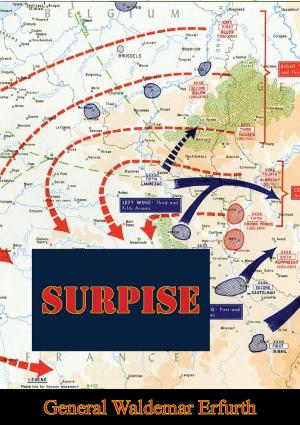
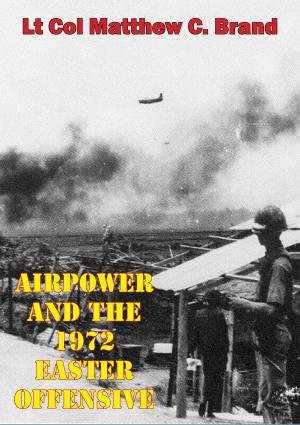
![Cover of the book Task Force 2-4 Cav - First In, Last Out - The History Of The 2d Squadron, 4th Cavalry [Illustrated Edition] by Major Patrick J. Becker](https://www.kuoky.com/images/2015/november/300x300/9781782899648-lwhf_300x.jpg)
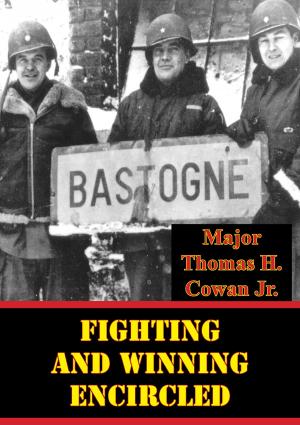
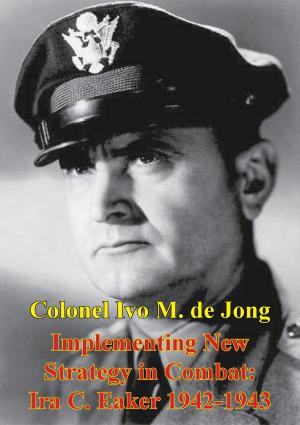
![Cover of the book Wanat : Combat Action In Afghanistan, 2008 [Illustrated Edition] by Major Patrick J. Becker](https://www.kuoky.com/images/2014/august/300x300/9781782894940-TjlN_300x.jpg)
![Cover of the book Fueling the Fires of Resistance — Army Air Forces Special Operations in the Balkans during World War II [Illustrated Edition] by Major Patrick J. Becker](https://www.kuoky.com/images/2015/november/300x300/9781786252401-xnBm_300x.jpg)
